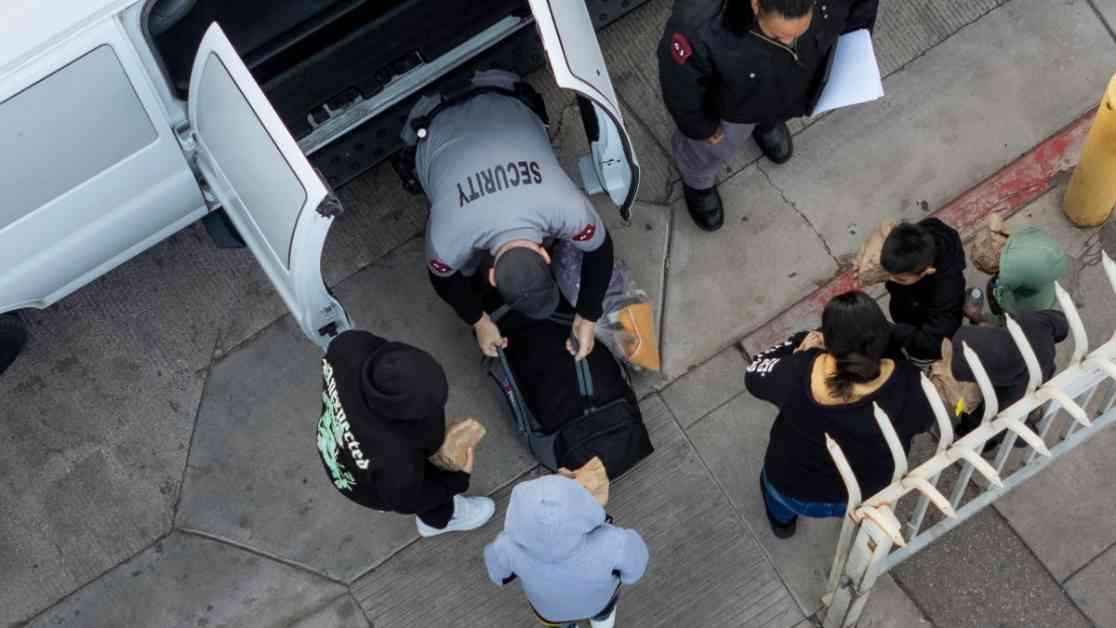Inside a Standard ICE Deportation Process: A Closer Look
Amidst rumors of mass raids and deportations, NBC News recently gained exclusive access to witness one of the final deportation flights to Central America under the Biden administration. The journey provided a rare glimpse into the intricate process that unfolds for many unauthorized immigrants facing removal from the United States.
From Arrest to Detention Facility
The journey of a deported immigrant typically begins with an arrest, which can occur in various scenarios such as a routine traffic stop, a workplace raid, or a criminal background check. Following the arrest, individuals are transferred to an Immigration and Customs Enforcement (ICE) detention facility, which could be located locally or further away. With over 100 facilities nationwide, ICE has the capacity to hold up to 41,500 individuals, with plans for expansion under the Trump administration.
Expedited Removal and Final Orders
For immigrants who have arrived in the U.S. within the last two years, expedited removal may apply, leading to swift deportation without a hearing before an immigration judge. However, for those who have been in the country for longer periods, the process can extend over years, pending adjudication by a judge. Once a final order of removal is issued, the individual is slated for deportation.
Staging and Deportation
Deportation typically involves transportation to one of four staging locations along the southwest border before being flown back to their home country. ICE Air Operations chartered flights for deportation, with stringent rules on luggage and restraints for passengers. These flights are closely monitored by ICE officials, ensuring both security and logistical considerations are met before departure.
Challenges and Considerations
Deportation flights require intricate diplomatic negotiations with receiving countries and meticulous logistical planning. The costs involved in each operation are significant, covering permits, fuel, wages, and other expenses necessary for the flights to proceed smoothly. Despite the complexities, the process aims to ensure the safe and efficient return of deportees to their home countries.
In conclusion, the deportation process offers a unique perspective on the challenges and intricacies involved in removing individuals from the U.S. While each case is different, the journey sheds light on the rigorous procedures and considerations undertaken in executing deportations.


